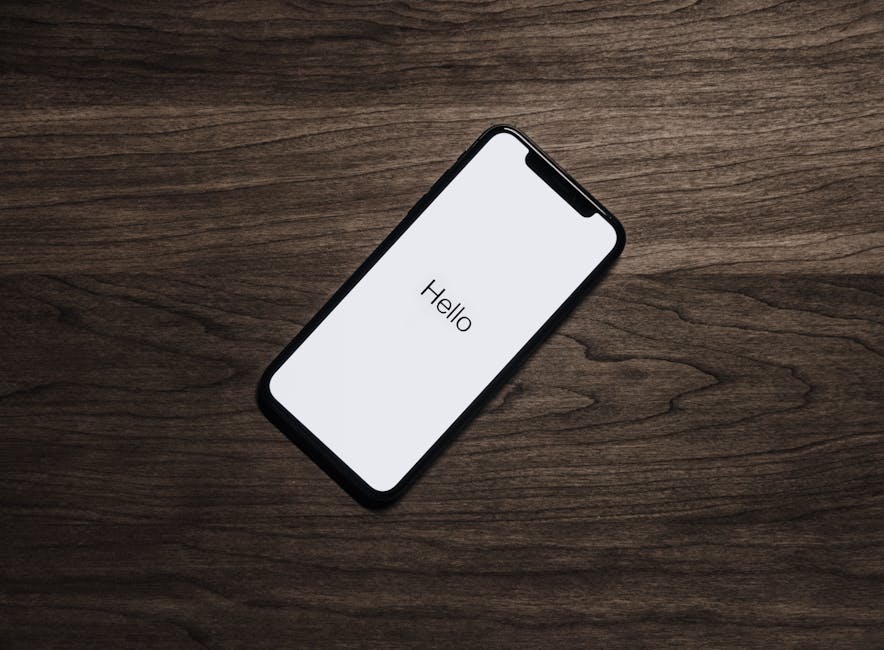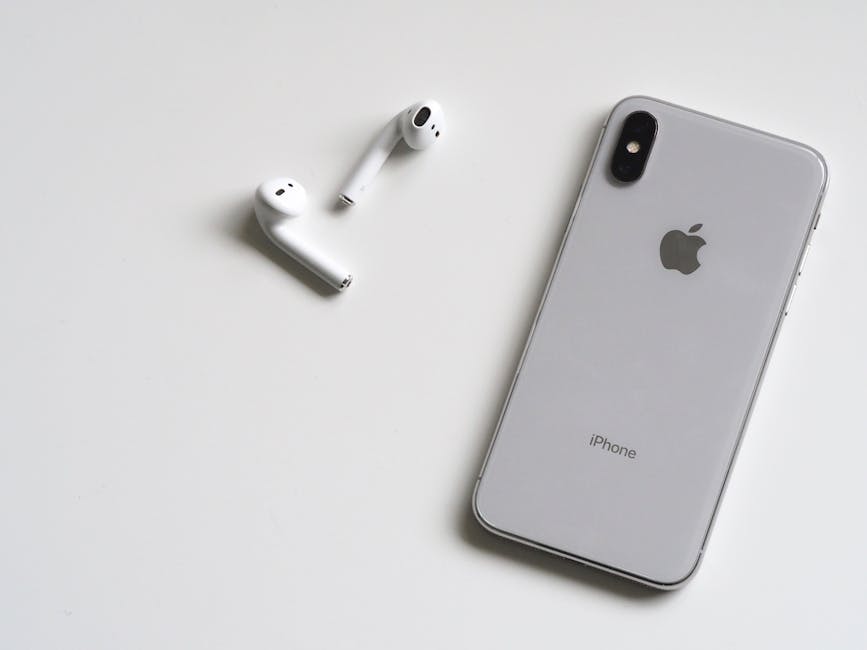The AI video generation landscape is rapidly evolving, and everyone’s wondering when the power of models like Sora will be accessible on their mobile devices. The prospect of creating stunning, realistic videos directly from your Android phone is incredibly exciting. But is Sora 2 Android a reality, a near-future possibility, or just a pipe dream? Let’s delve into the current status, explore the challenges, and discuss the potential future of AI video creation on Android.
The Current Status of Sora and Mobile AI Video Generation
Currently, OpenAI’s Sora is not available as a direct app on Android or any other mobile platform. It remains a research project accessible to a limited group of artists and researchers. The computational demands of running such a complex AI model are substantial, exceeding the capabilities of most current mobile devices. However, this doesn’t mean mobile AI video generation is nonexistent.
Existing Mobile AI Video Tools
While a full-fledged Sora 2 Android equivalent isn’t here yet, several mobile applications are leveraging AI for video creation and editing:
RunwayML: While not solely mobile, RunwayML offers web-based tools that can be accessed via a mobile browser, providing some AI video editing capabilities. Pika Labs: This is another player in AI video, but again, primarily web-based with limited mobile functionality. Simplified: Offers AI-powered video editing features within its mobile app. Various AI-powered video editing apps: Many apps on the Google Play Store offer features like automatic scene detection, smart transitions, and AI-driven effects. These apps use AI to enhance the editing process, rather than generating entirely new videos from text prompts like Sora.
These apps demonstrate the growing potential of AI in mobile video creation, even if they don’t replicate Sora’s full capabilities. They utilize cloud computing and optimized algorithms to bring AI-powered features to your fingertips.
Challenges in Bringing Sora 2 to Android
The transition from a powerful research model like Sora to a functional Android app presents significant technical hurdles. Overcoming these challenges is crucial for making AI video generation accessible to a wider audience.
Computational Power and Optimization
Sora requires immense processing power and memory to generate high-quality videos. Smartphones simply don’t possess the same hardware as high-end servers used for training and running such models. Optimization is key. This involves:
Model Compression: Reducing the size of the AI model without significantly impacting its performance. Techniques like quantization and pruning are essential. Edge Computing: Distributing the computational load between the device and the cloud. Some processing could happen on the phone, while more demanding tasks are handled by remote servers. Hardware Acceleration: Leveraging specialized hardware like Neural Processing Units (NPUs) in modern smartphones to accelerate AI computations.
Data Usage and Latency
Generating videos on the go requires significant data transfer. Streaming video generation results in real-time can be bandwidth-intensive, especially in areas with poor network connectivity. Reducing data usage and minimizing latency are essential for a smooth user experience. Solutions include:
Optimized Video Codecs: Using efficient video compression algorithms to minimize file sizes. Caching and Pre-fetching: Storing frequently used assets and pre-loading data to reduce loading times. Adaptive Bitrate Streaming: Adjusting video quality based on network conditions.
User Interface and Experience
Creating a user-friendly interface for complex AI video generation tools on a small screen is a challenge. The app needs to be intuitive and easy to navigate, allowing users to input prompts, customize settings, and manage generated videos effectively. Considerations include:
Simplified Prompting: Designing a user-friendly interface for writing effective text prompts. Visual Feedback: Providing clear visual feedback during the video generation process. Customization Options: Offering granular control over video parameters like style, resolution, and duration.
The Potential Future of AI Video Generation on Mobile
Despite the challenges, the future of AI video generation on mobile devices is promising. Advancements in hardware, software, and AI algorithms are paving the way for more powerful and accessible mobile AI tools.
Cloud-Based Solutions
Cloud-based solutions are likely to play a crucial role in bringing Sora-like capabilities to Android. By offloading the heavy computational lifting to remote servers, users can access powerful AI models without requiring high-end hardware on their devices. This approach offers several advantages:
Scalability: Easily scale resources to handle a large number of users. Accessibility: Access the latest AI models without requiring constant software updates. Cost-Effectiveness: Reduce the cost of hardware and maintenance.
On-Device AI Acceleration
As smartphone processors become more powerful and NPUs become more sophisticated, on-device AI acceleration will become increasingly important. This will allow for faster and more efficient video generation, reducing latency and improving the user experience.
Hybrid Approaches
A hybrid approach that combines cloud computing with on-device AI acceleration is likely to be the most effective solution. This would allow for some tasks to be performed locally, while others are offloaded to the cloud, optimizing performance and data usage.
What to Expect from Sora 2 Android (Hypothetically)
If a hypothetical Sora 2 Android app were to exist, here’s what you might expect:
Text-to-Video Generation: Input a text prompt and generate a short video clip based on your description. Image-to-Video Generation: Upload an image and create a video that animates or transforms the image. Video Editing Tools: Enhance existing videos with AI-powered features like style transfer, object removal, and background replacement. Customization Options: Fine-tune video parameters like resolution, frame rate, and style. Social Sharing: Easily share your creations on social media platforms. Subscription Model: Access to the app and its features would likely be offered through a subscription service due to the computational costs.
Conclusion: The Dawn of Mobile AI Video
While a true Sora 2 Android app is not yet a reality, the progress in AI and mobile technology is undeniable. The challenges are significant, but the potential rewards are immense. We can anticipate a future where creating stunning, realistic videos on your Android phone becomes as simple as typing a text prompt. Keep an eye on advancements in cloud computing, on-device AI acceleration, and the development of more efficient AI algorithms. The dawn of mobile AI video is approaching, and it promises to revolutionize the way we create and consume content. Stay tuned for future developments and explore the existing AI-powered video tools available on Android to get a taste of what’s to come. The future of Sora 2 Android, and AI video creation on mobile, is bright.






